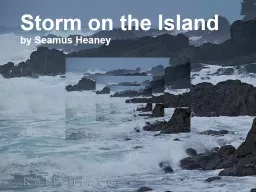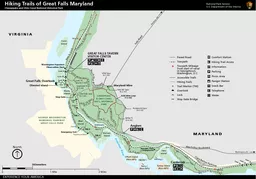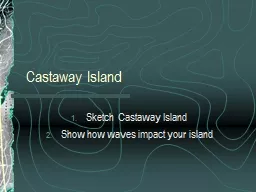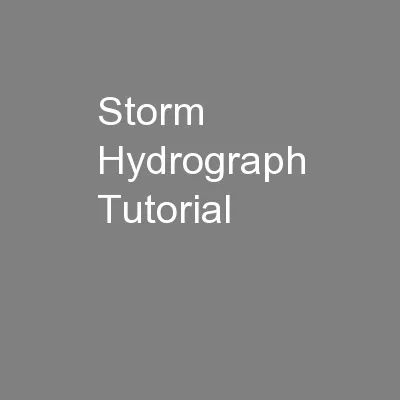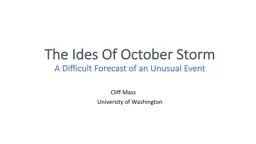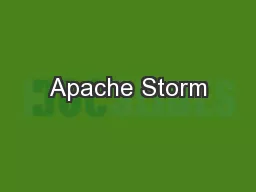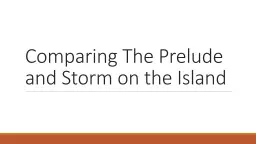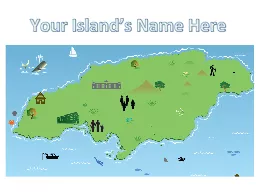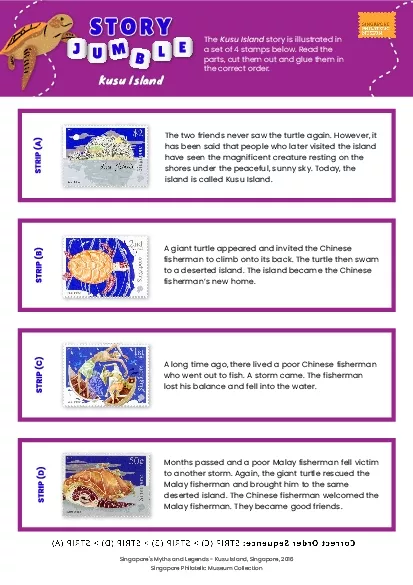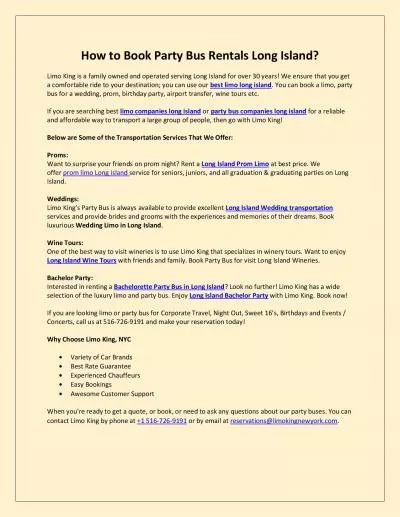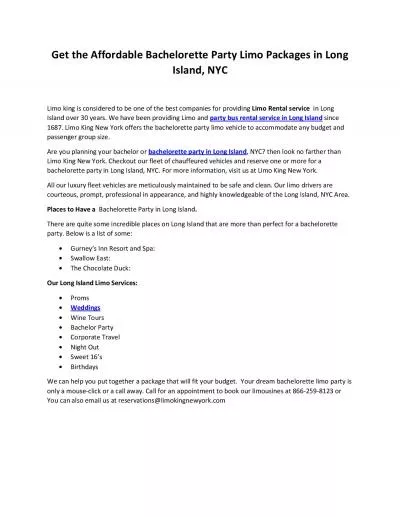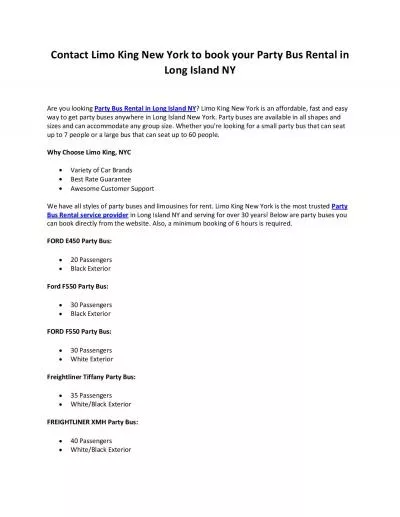PPT-H Storm on the Island
Author : alida-meadow | Published Date : 2017-06-03
by Seamus Heaney How many similes metaphors personification can you think of to describe a storm Challenge can you link your examples to the theme of power and
Presentation Embed Code
Download Presentation
Download Presentation The PPT/PDF document "H Storm on the Island" is the property of its rightful owner. Permission is granted to download and print the materials on this website for personal, non-commercial use only, and to display it on your personal computer provided you do not modify the materials and that you retain all copyright notices contained in the materials. By downloading content from our website, you accept the terms of this agreement.
H Storm on the Island: Transcript
Download Rules Of Document
"H Storm on the Island"The content belongs to its owner. You may download and print it for personal use, without modification, and keep all copyright notices. By downloading, you agree to these terms.
Related Documents

